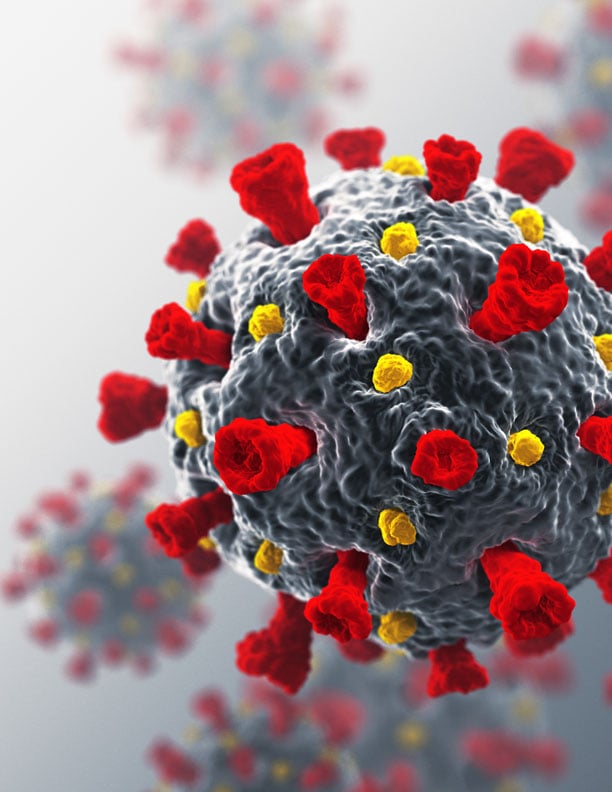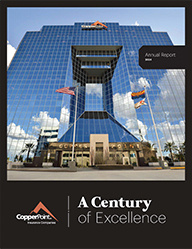The holiday season can be a joyous time, full of shopping, decorating and spending time with friends and family. However, statistics show that the frenzied pace of the holiday season can also lead to an increase in injuries and accidents at home and in the workplace.
For workers, OSHA cautions that the rise in merchandise sales during the holiday shopping season can increase potential hazards for employees in the wholesale, transportation, and retail industries. At home, the U.S. Consumer Product Safety Commission (CPSC) states that approximately 15,000 injuries involving holiday decorating are seen in emergency departments nationwide between November and December.
Added to the complexities of the 2020 holiday season is the COVID-19 pandemic which is causing additional safety concerns.
Let’s take a closer look at some of the most common holiday safety risks.
Alternative Work Environments
Alternative work environments are on the rise due to the COIVD-19 pandemic. In fact, according to the US Bureau of Labor Statistics in a September 2020 study, 71.8% of employees aged 25-54 teleworked or worked at home during some point in time in the last four weeks because of the coronavirus pandemic. In addition, 42% of employees have changed their work location from an employer owned site to their own home/personal location.
These altered home and workspace areas can create different and new hazards. Home and office spaces now consume former areas that previously had other uses. This means that everyday household needs must now accommodate work areas resulting in increased storage, electrical loads and cords, etc. For a checklist of electrical safety tips, visit here.
Adding to this new reality is that oftentimes more than one worker is now at home, in addition to children. It’s important to consider all of these areas of potential impact to your daily life while maintaining a fully functional office, keeping your house your home during the holidays and taking COVID-19 precautions.
Holiday Fire Safety Awareness
Fire is another serious safety concern every holiday season. The National Fire Protection Association outlines the top five contributing factors of holiday fires:
Christmas Trees
- Electrical distribution or lighting equipment was involved in 44% of Christmas tree fires.
-
In 25% of the Christmas tree fires, some type of heat source, such as a candle or equipment, was too close to the tree.
-
Keep live trees well-watered throughout the season.
Holiday Decorations
- In more than one in every five fires, the decoration was too close to a heat source such as a candle or equipment.
- Choose decorations that are flame resistant or flame retardant.
- Replace any string of lights with worn or broken cords or loose bulb connections.
- Use clips, not nails, to hang lights so the cords do not get damaged.
- Turn off all light strings and decorations before the end of the day.
Candles
- Keep lit candles away from decorations and other things that can burn. Three of every five (60%) candle fires started when something that could burn, such as furniture, mattresses or bedding, curtains, or decorations, were too close to the candle.
- Ban candles or other open flames in the office.
- Stay vigilant and blow out lit candles when you leave the room. The two peak days for candle fires are Christmas Eve and Christmas.
Holiday Cooking
- Thanksgiving is the peak day for home cooking fires, followed by Christmas Day and Christmas Eve.
- Cooking equipment was involved in one of every five (19%) of home decoration fires. This can happen when a decoration is left on or too close to a stove or other cooking equipment.
Fireworks
- Ten percent of fireworks fires occur during the period from December 30 through January 3, with the peak on New Year's Day.
In addition to fires, it is important to be aware of additional exposures and hazards in the home office environment such as:
- Slips, trips and falls can occur with deliveries at the front door, landscaping near walkways or the presence of rain or ice
- Interruptions that can cause distractions
- Excessive or permanent use of extension cords and power strips
- Use of non-grounded electrical devices
- Storage of home items/decorations in a work environment
Holiday Celebrations
This year consider how your holiday plans can be modified to reduce the spread of COVID-19 to keep your friends, families, and communities healthy and safe.
- Avoid activities that are at a higher risk for COVID-19 spread. Instead, consider fun, smaller alternatives that pose a lower risk of spread.
- Thanksgiving is a time when many families travel long distances to celebrate together. Staying home or gathering in small groups is the best way to protect yourself and others.
- Have a virtual dinner and share recipes with friends and family.
- Shop online rather than in person on Black Friday and of course, Cyber Monday.
- Limit alcohol and drugs that may alter judgment and make it more difficult to practice COVID-19 safety measures.
We all want to enjoy the holiday season. By adding safety awareness to your holiday checklist is the best way to keep your holiday traditions from becoming a holiday tragedy.
Founded in 1925, CopperPoint Insurance Companies is a leading provider of workers’ compensation and commercial insurance solutions operating in six southwestern states. To learn more about our insurance products and find resources to better manage your risks, explore our website or contact your independent insurance agent.






